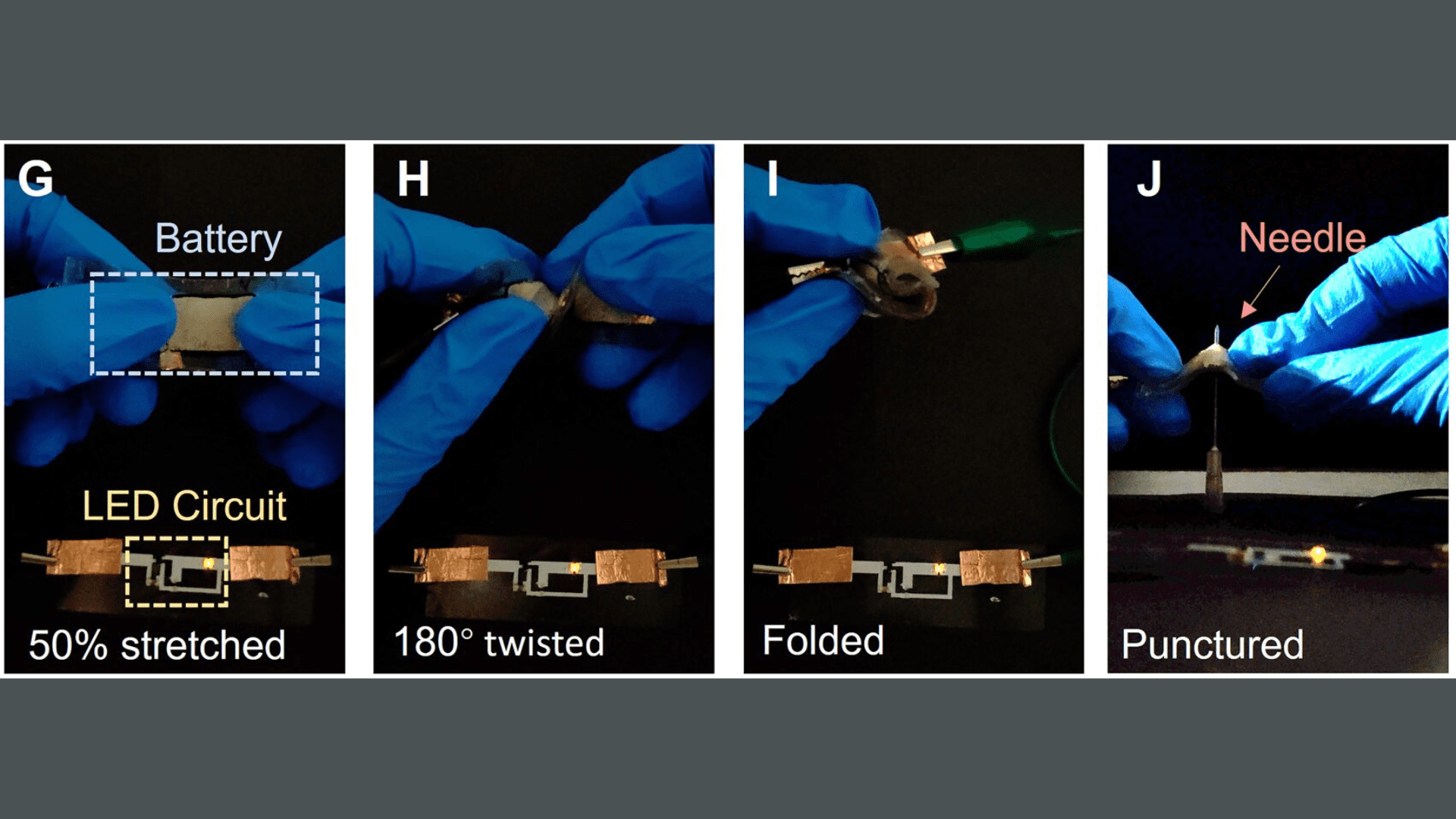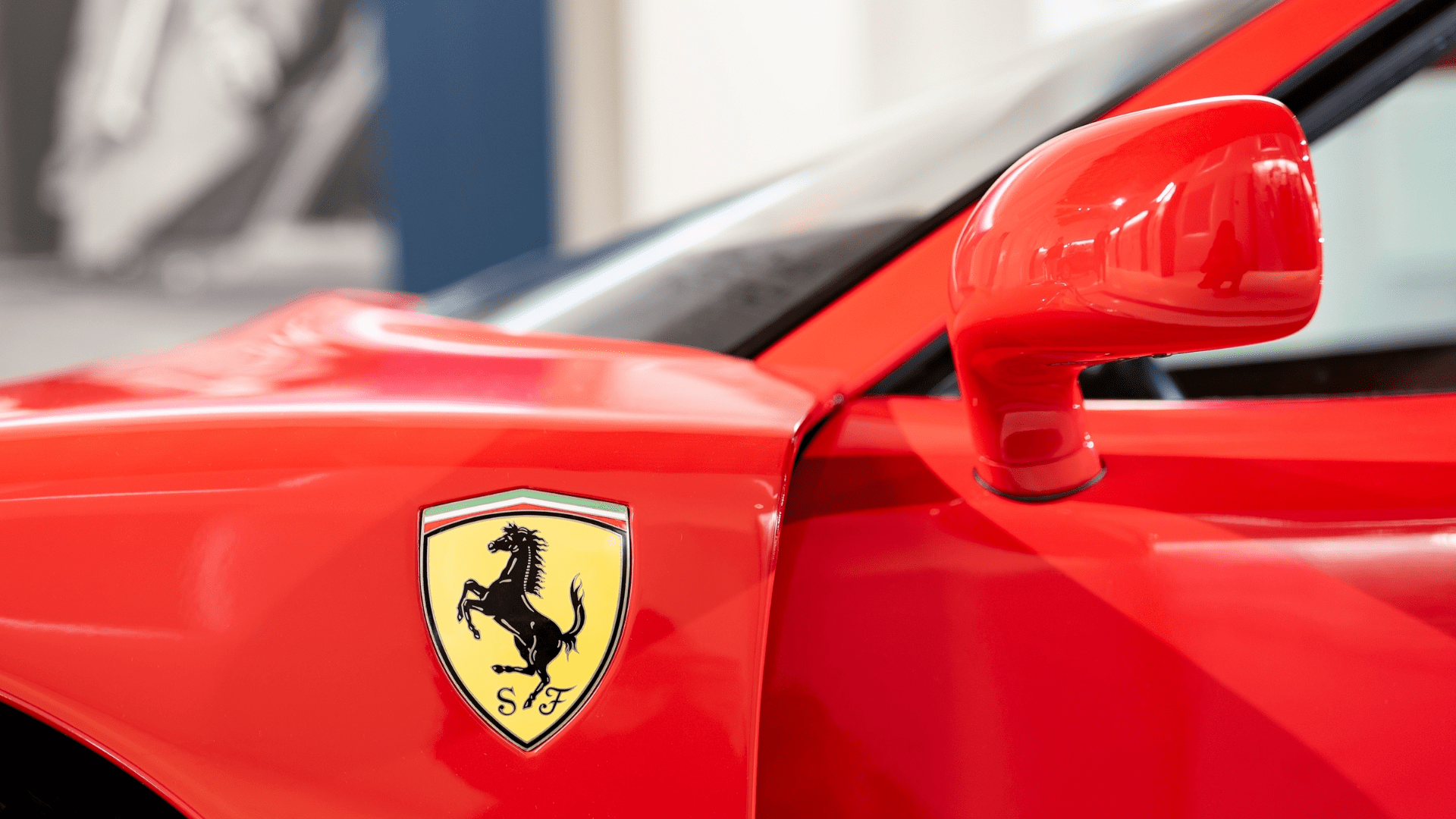Extending battery life is a priority for engineers and scientists because batteries are crucial to everything from smartphones to new vehicles. While current lithium-ion batteries work great for these devices, they are not ideal for soft robots or wearables. A team of researchers from the University of California, Berkeley, developed a type of non-toxic flexible battery that is “super stretchable” and withstands damage.
Stretchable, Self-Healing Battery

A multidisciplinary team at the University of California, Berkeley, Georgia Institute of Technology, and the Hong Kong University of Science and Technology developed this stretchy, self-healing battery. Their paper was published in the journal Science Advances. According to their paper, the scientists proved that the stretchable lithium battery remained stable after 500 charge/discharge cycles. The battery has highly advanced properties, with self-healing capabilities and a jelly-like structure.
The scientists developed the lithium battery using a zwitterionic polymer with both a positive and a negative charge. These polymers bond with water molecules through a charged part. A negative charge attracts lithium ions. As a result, the water binds tightly within the battery, limiting the risk of splitting and releasing lithium ions when the voltage is applied.
Additionally, scientists added acrylic acid and fluorine-free Li salt-based hydrogel electrolyte (stability window up to 3.11 volts) as a cross-linker.
As a result, the battery was 19 percent water and showed stability with 50% humidity. The scientists tested it by connecting it to a circuit board to run LED lights. According to the research team, the lithium battery performed well for over a month. In addition, they witnessed very little water splitting. Following this test, the battery continued to work and withstand “stretches, punctures, needles, razors, and folds.”
This is a win for the research team and the scientists involved. It proves that the batteries’ durability and stretchability could be exceptional in soft robots and wearables.







